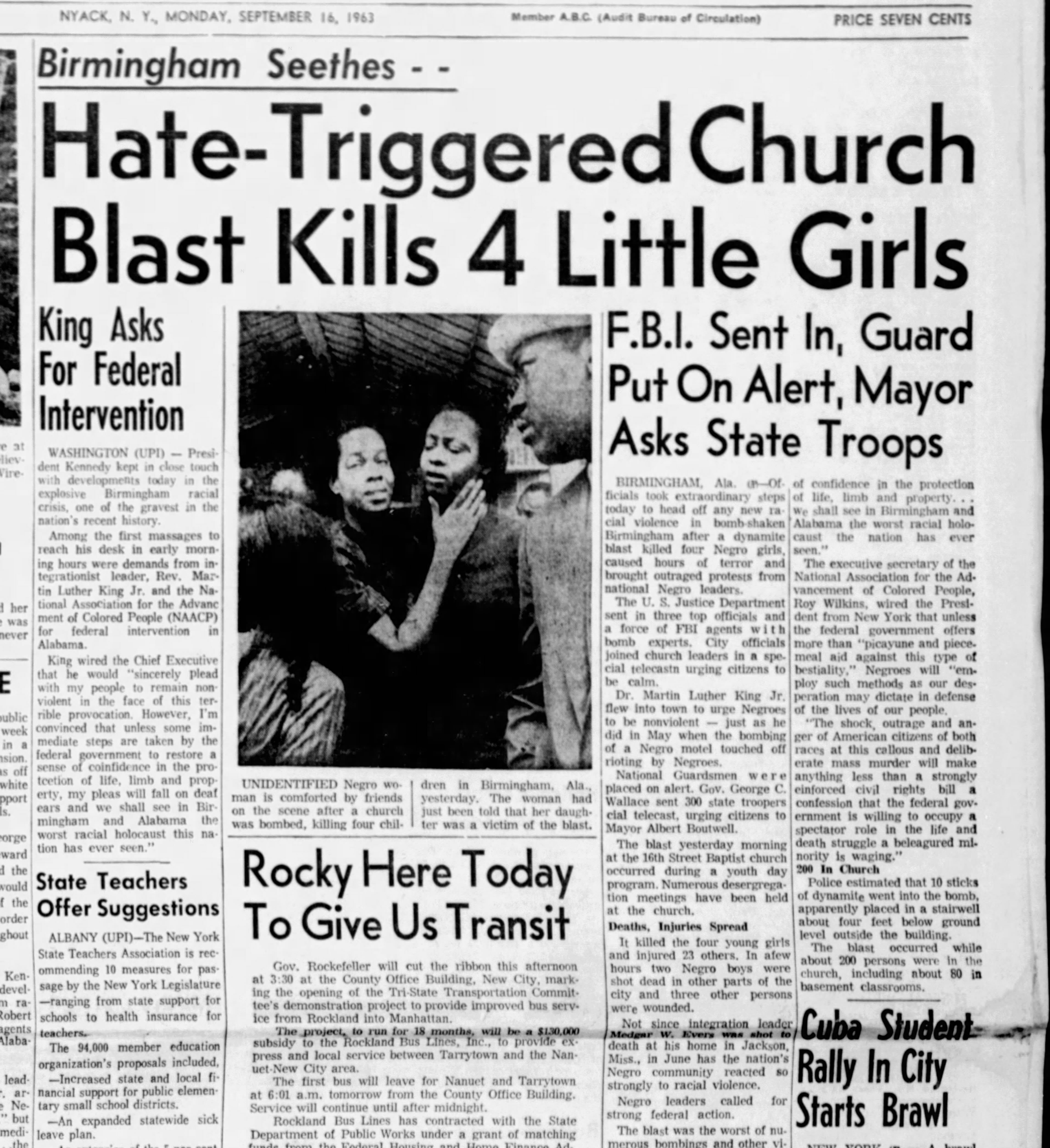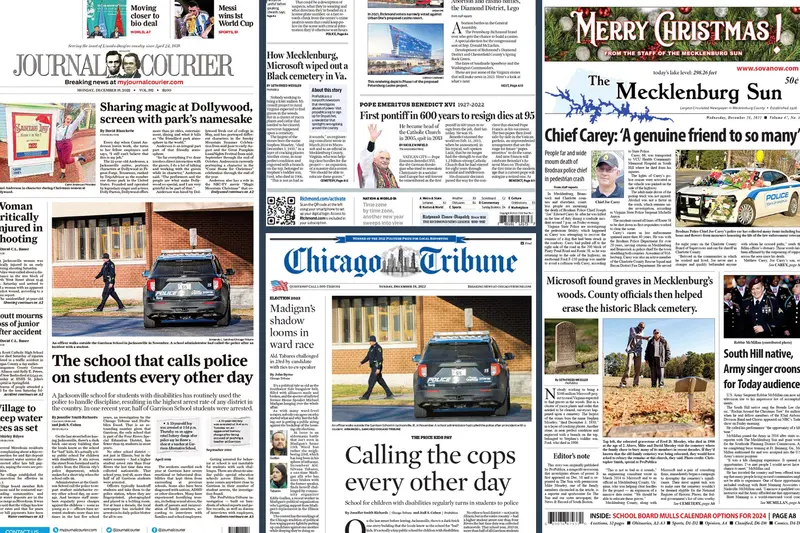Fascination About News Articles
Wiki Article
The 7-Second Trick For News Articles
Table of ContentsNews Articles - An OverviewNews Articles Things To Know Before You BuyNews Articles Things To Know Before You Get ThisNews Articles for DummiesThe Greatest Guide To News Articles
Great expertise of various topics offers pupils a competitive edge over their peers. Although electronic and social networks are conveniently available, we must not neglect exactly how essential it is to read the papers. Parents have to try and instill the practice of checking out a newspaper as a day-to-day regimen to continue the legacy of the revered print tool.News stories also consist of at the very least among the following vital qualities loved one to the intended target market: distance, prestige, timeliness, human interest, quirk, or repercussion. The associated term journalese is often made use of, generally pejoratively, to describe news-style writing. Another is headlinese. Newspapers typically stick to an expository writing design.
Within these limits, information stories likewise aim to be comprehensive. Amongst the larger and much more recognized papers, justness and equilibrium is a significant variable in providing information.
Newspapers with a worldwide target market, for instance, tend to use a much more formal style of composing. The specific selections made by an information outlet's editor or editorial board are often accumulated in a style guide; common design guides include the and the US News Design Publication. The major goals of information writing can be summed up by the ABCs of journalism: precision, brevity, and clarity.
A Biased View of News Articles
As a guideline, journalists will not utilize a long word when a brief one will certainly do. News authors attempt to avoid making use of the same word more than as soon as in a paragraph (often called an "echo" or "word mirror").
However, headings sometimes omit the topic (e.g., "Leaps From Boat, Catches in Wheel") or verb (e.g., "Pet cat female lucky"). A subhead (likewise subhed, sub-headline, subheading, caption, deck or dek) can be either a subservient title under the main heading, or the heading of a subsection of the short article. It is a heading that comes before the major message, or a team of paragraphs of the main message.

Additional signboards of any of these types might show up later on in the post (specifically on succeeding pages) to tempt more reading. Such billboards are likewise used as tips to the short article in various other sections of the magazine or site, or as advertisements for the item more information in other magazine or sites. Typical framework with title, lead paragraph (summary in vibrant), various other paragraphs (information) and call info.

Instance of a hard-lead paragraph NASA is proposing another room job. The budget plan requests roughly $10 billion for the project.
The NASA announcement came as the agency requested $10 billion of appropriations for the task. An "off-lead" is the second most vital front web page news of the day. The off-lead shows up either in the leading left corner, or directly below the lead on the. To "hide the lead" is to begin the article with history information or information of additional value to the visitors, compeling them to read more deeply right into a short article than they should need to in order to find the vital factors.
Top Guidelines Of News Articles
Typical use is that one or 2 sentences each form their very own paragraph. Reporters typically explain the company or framework of a newspaper article as an upside down read what he said pyramid. The necessary and most fascinating components of a tale are put at the beginning, with sustaining information following in order of decreasing value.It allows individuals to explore a topic to just the depth that their inquisitiveness takes them, and without the imposition of information or subtleties that they might take into consideration irrelevant, but still making that information readily available to a lot more interested viewers. The upside down pyramid structure likewise allows posts to be trimmed to any type of arbitrary size throughout design, to fit in the space offered.
Some writers start their tales with the "1-2-3 lead", yet there are lots of kinds of lead offered. A kicker can refer to numerous things: The last story in the information broadcast; a "satisfied" tale to end the show.
Longer write-ups, such as magazine cover articles and the items that lead the inside areas of a newspaper, are called. Feature stories vary from straight information in numerous ways. Foremost is the lack of a straight-news lead, many of the time. Rather of providing the significance of a tale in advance, function authors might attempt to draw visitors in.
Some Known Facts About News Articles.
The journalist frequently information communications with interview subjects, making the item more individual. A feature's very first paragraphs frequently connect an intriguing moment or event, as in an "anecdotal lead". From the details of a person or episode, its sight quickly broadens to generalities regarding the story's subject. The area that signals what a feature is around is called the or signboard.
The Editor's Toolbox: A Recommendation Guide for Beginners and Professionals (2001) Allan M. Siegal and William G. Connolly. The New York Times Guidebook of Design and Use: The Official Style Overview Made Use Of by the Writers and Editors of the World's Many Authoritative Newspaper (2002) M. L. Stein, Susan Paterno, and R.
Report this wiki page